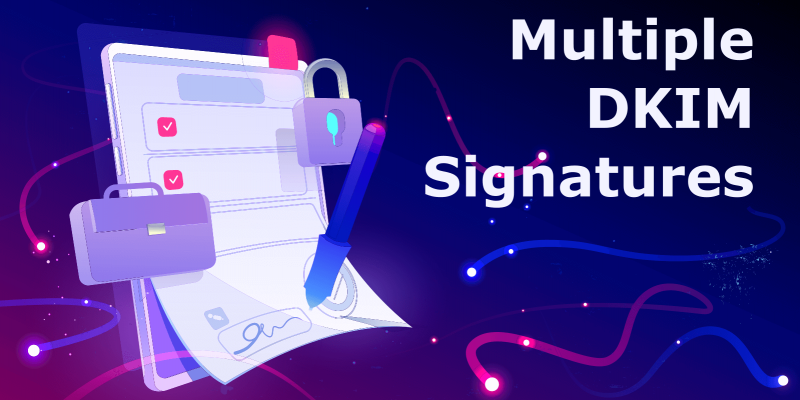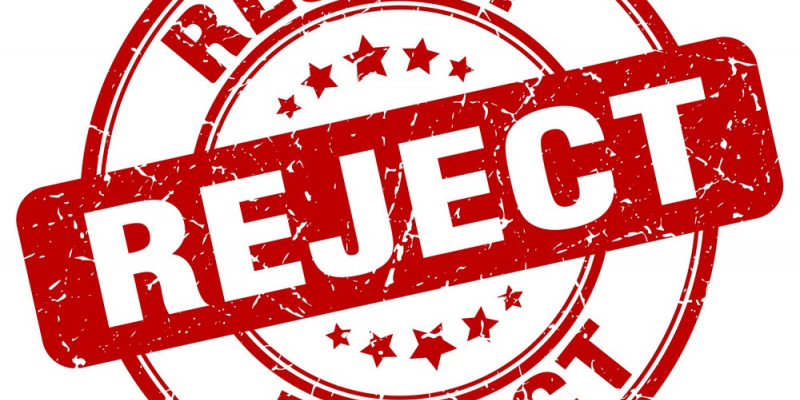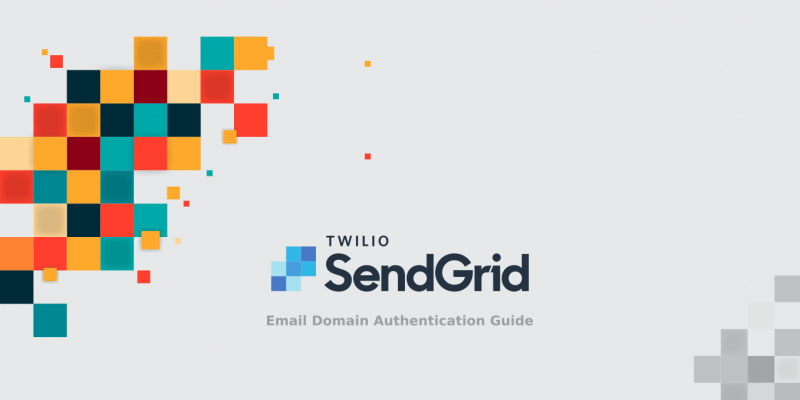
"No auth, no entry" is a catchy phrase commonly used in the email industry to mean an email won't be considered for delivery unless it's properly authenticated. "auth" here means email authentication based on modern email authentication technologies like SPF, DKIM, and DMARC…

When you examine the email headers inside a message, it is not uncommon that you find multiple DKIM signatures in a single email message.
Similarly, you can run into multiple DKIM signatures in a single email stream in some DMARC aggregate reports…

Sender Policy Framework (SPF) is an email authentication mechanism which allows only authorized senders to send on behalf of a domain, and prevents unauthorized users from doing so. SPF allows the receiver to check that an email claiming to come from a specific domain indeed comes from…

This tutorial provides step-by-step instructions on how to set up DMARC starting from p=none, transition to p=quarantine, then to p=reject using DMARCLY, a dedicated DMARC analyzer service.
The tutorial assumes no prior knowledge whatsoever of DMARC or DMARC reports…

When you first set up Zendesk to send emails, you may find there is a "Via Zendesk" warning for the email in the recipient's mailbox.
This warning means you haven't authorized Zendesk to deliver emails for you, so the mailbox provider considers that sent from Zendesk instead of your brand…

When you first set up SendGrid to send emails, you may find there is a "Via SendGrid" warning for the email in the recipient's mailbox.
This warning means you haven't authorized SendGrid to deliver emails for you, so the mailbox provider considers that sent from SendGrid instead of your brand…
